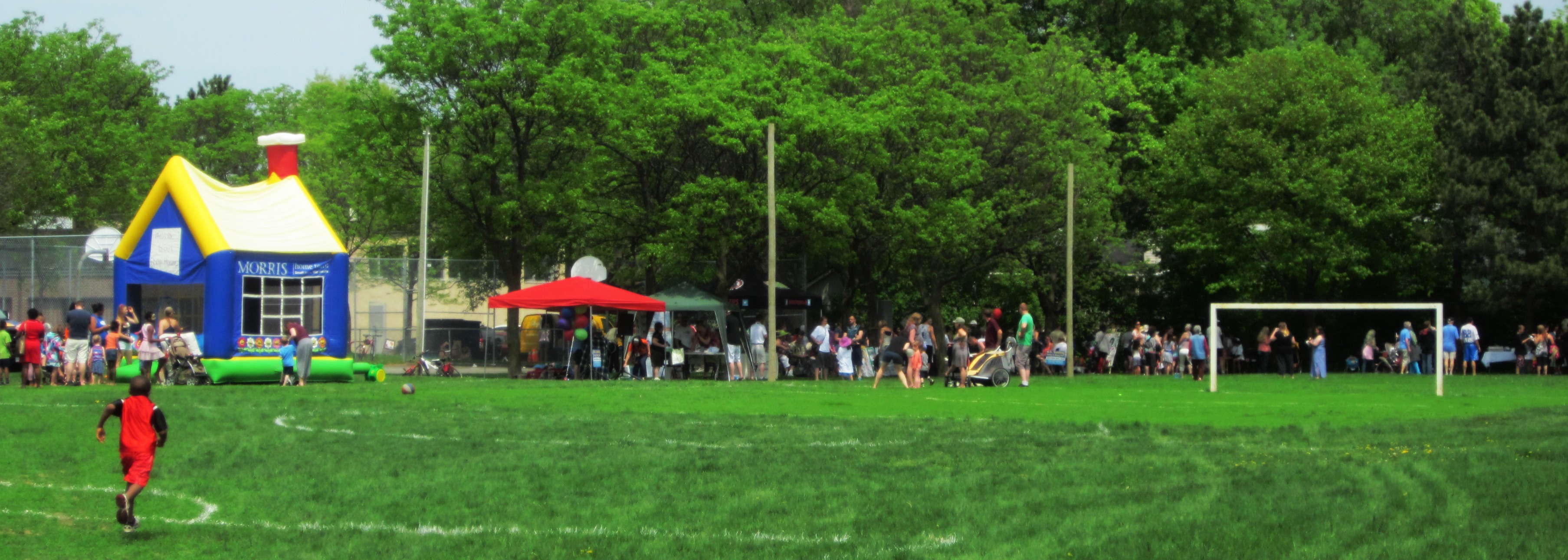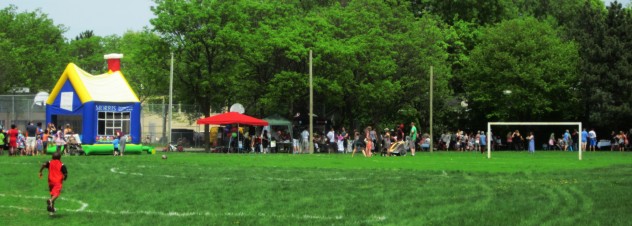As I do frequently when looking for guidance on community development, I called S. Part of the beauty of inter-sector work is that it allows an emerging theatre artist and community idealist like myself to get solid mentoring from a fabulous community developer with years of experience in collaboration.
“Hey, stupid question: can I put posters up on the light poles?” I’m sitting in my car, pile of posters and packing tape in hand. Around me is a very pedestrian area in the heart of the target community with pristine light poles everywhere, a beautiful sight to my indie-theatre-producer eyes. Until I’m reminded that a big partner on the project is the City of Ottawa. Right. It’s a good thing S is so patient with me.
Obviously this is only a small example of possible conflict when it comes to collaboration, and easily solved: don’t put unwanted posters on someone else’s turf. Pretty simple. More often, learning to collaborate with multiple agencies and community groups is a test of patience, and sometimes painful. Everyone is accustomed to their organizational structure, whether they work for a not-for-profit or a business corporation, an ad-hoc committee or an association, low-budget or okay-budget (let’s be real, there are no big budgets in this work!). On my current community arts project, we are 11 people from different organizational cultures, with different positions on community development and different opinions on the value of art. We work in a semi-consensus decision-making model with yours truly at the helm. It is, to put it lightly, a challenge.
Speaking of yours truly, things get extra shaken-up when you throw an artist into the mix. The organizational structure of freelance theatre is probably as far from not-for-profit social service organizations as you can get. Theatre relies on enormous amounts of mutual good will, and a lot of wheeling and dealing to get things done; it is not a bureaucracy. Without knowing it, I was many times the fly in the ointment of “how things are done around here.” But, I am a fresh set of eyes. I ask the questions that other people have forgotten how to ask. I bring the DIY ingenuity. I don’t think I’m special; that’s just what artists do in communities. The artist has the power to be an empowerer, if they so choose, by the very nature of the work they do. In return they will be (and deserve to be) questioned and challenged by the community they work in –as I am in this project.
It’s messy. It calls for hours of detailed discussion. It calls for organizations to stretch their mandates. It calls for revisiting the budget (the horror!). It calls for grace to allow others to save face when they forget to do their share, or when they lose their temper. It necessitates working with the person who is rude and impossible to understand, because whether we like it or not, they are a part of the community. It reminds us that we are only as strong as our weakest link, and so we must look out for each other.
And this doesn’t even begin to address the systems difficulties we face. As funding for both the social services and the arts continues to wane, we must collaborate just for survival. But that’s a whole other kettle of fish for another day.
What collaboration does at its absolute best, though, is focus the attention on the work. We have to think about the why of community development work, and we have to find what we have in common in order to tackle the how. Everyone is stretched to come to new understandings of community, of our roles in it, and of the role of art, and through this process the work itself is made better. Ultimately, that’s what keeps me sitting at the table.
Sitting at the table where I’ve just inadvertently poked the hornet’s nest again with a question and caused a stir. As people start murmuring in surprise and disagreement, I look over at S, who gives me a gleeful grin. Thank God she’s here, and has been around the block a few times, too. And so we all dive into the conversation, to figure it out as best we can and make good work happen.

